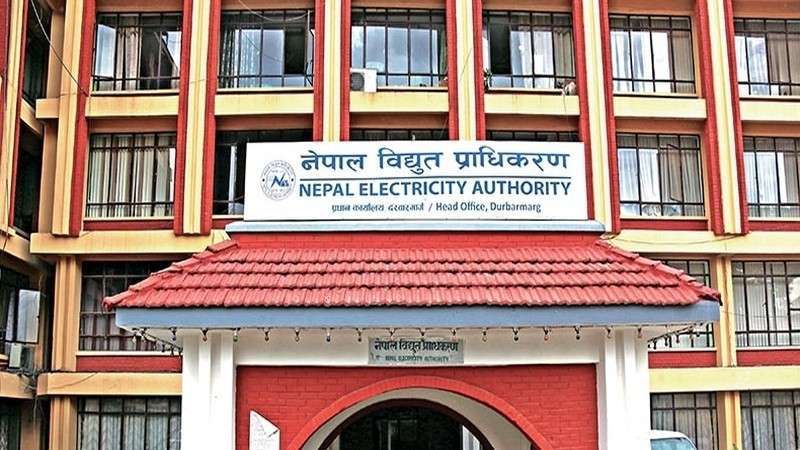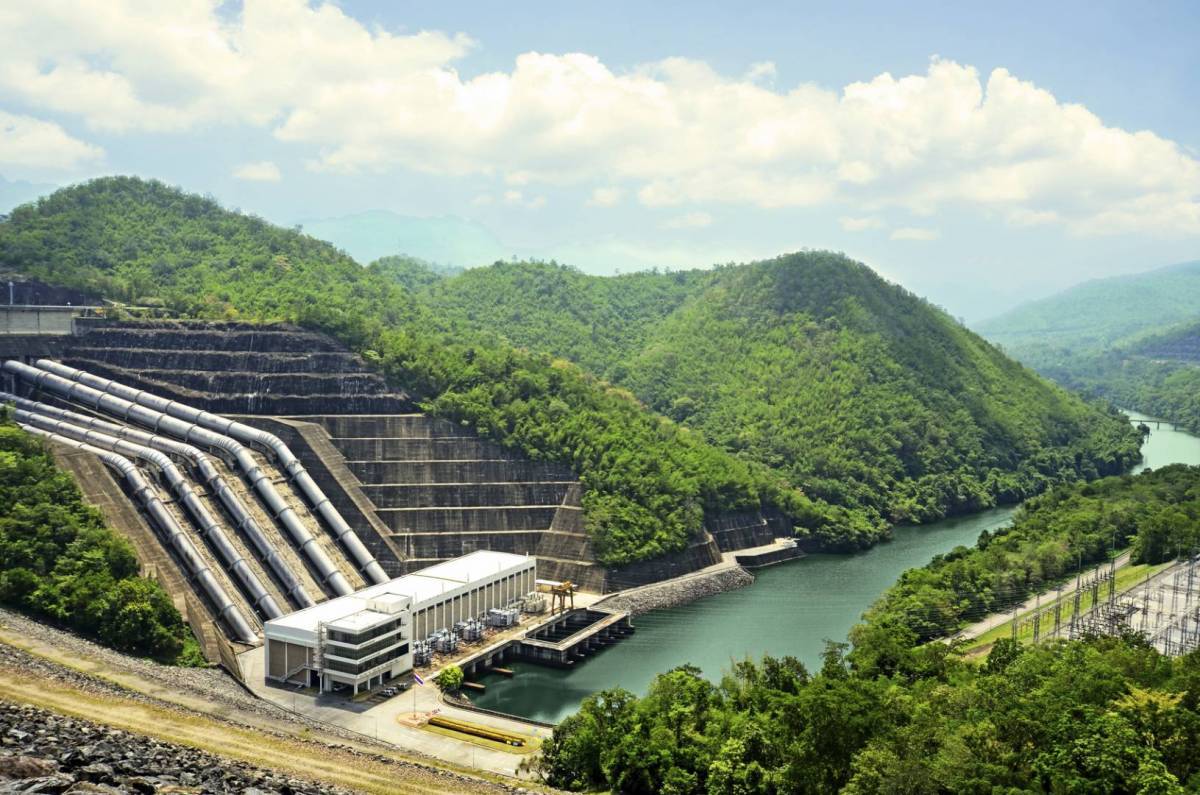Nepal Exports Electricity to India; Know All The Details
From May 27, Nepal has started exporting electricity to India. Last year as well, Nepal exported hydroelectricity to India from June to November.

Nepal started exporting electricity to India from May 27 onwards. This happened after the generation of hydroelectricity increased in the run-of-the-river projects with the onset of the monsoon in the Himalayan region.
The spokesperson of Nepal Electricity Authority (NEA), Suresh Bhattarai, said that they have started selling around 600 MW hour of electricity to India from Saturday onwards. This is being done because there is a surplus of electricity in the country.

Some time back, Nepal was importing around 400 MW of electricity from India so that it could meet its domestic demand. But the tables have turned now.
What the NEA says about Nepal’s electricity export to India?
According to the utility in Nepal, it sold around 100 MW of electricity to India for about six hours in the evening, but it was discontinued on Saturday. Bhattarai made sure that they will again sell the power to India if the rainfall continues to happen.
On the other hand, Nepal generally imports power during the dry season, which is from December to May. This is because, during this time, the domestic power production decreases because of the reduction in the water levels in the rivers.
However, the NEA has power outages during the wet season and needs export markets to use up its excess energy.
The NEA also stated that it will generate enough power for domestic consumption by the winter of 2026.
As stated by Bhattarai, the NEA stopped importing power from India as of Friday. He noted that the amount of rain would determine the future of any possible imports from India.

It must be noted here that even though Nepal expects exporting more electricity during the rainy season of this year since the country’s installed power capacity has increased significantly but the domestic demand has failed to keep up with the growth in production capacity.
The NEA predicts that the nation’s power production capacity currently stands at 2,650 MW, while the peak domestic demand for electricity is expected to be 2,036 MW in the current fiscal year.
Furthermore, the country’s power generation capacity is expected to increase to 2,853 MW by the end of the current fiscal year. Nepal’s capacity to produce energy will continue to increase further, reaching 4,507 MW by mid-July 2024 and 5,251 MW by mid-July 2025.
According to the state-owned utility, Nepal’s domestic power consumption will increase to 2,280 MW in mid-July 2024 and 2,568 MW in mid-July 2025.
Since last year, electricity has become one of the nation’s top exports. The NEA claims that during the most recent wet season, power exports reached over Rs11 billion.
Export of Electricity- A way through which cross-border infrastructure can be strengthened
The energy trade between Nepal and India has huge potential but it has not been without its share of difficulties. The need for an efficient cross-border transmission infrastructure that allows an uninterrupted flow of power has been one of the main challenges. Both countries have made efforts to improve their transmission networks and set up high-capacity interconnection lines to address this. The goal of these infrastructural improvements is to ensure a consistent and uninterrupted flow of electricity, which will benefit consumers on both sides of the border.
Sustainable Future Ahead of Electricity Export
Nepal’s transition into an exporter of power fits well with the global movement to move away from fossil fuels and move toward sustainable sources of energy.
Moreover, the country also assists the area in minimizing carbon emissions and encouraging the use of renewable energy by utilizing its huge hydropower potential.

This accomplishment will undoubtedly encourage other countries to research their renewable energy sources and prioritize cross-border energy cooperation.
For India, the cross-border energy cooperation will pave the way for a more sustainable future for both countries.
Proofread & Published By Naveenika Chauhan



